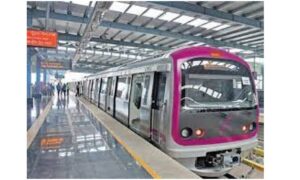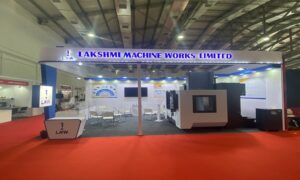The outbreak of COVID-19 at a restaurant in the southern Chinese city of Guangzhou was a puule.
The suspected index patient was a visitor from the coronavirus’s epicentre in Wuhan. But the eight other customers who later tested positive were not sitting close enough for droplet transmission, and most of the patrons and sb avoided infection altogether.
A team of local scientists eventually came to an eye-opening conclusion abo the episode: hey particles of virus had hitched a ride on currents created by the eatery’s air-conditioning.
That runs counter to the prevailing view that the novel coronavirus is transmitted only by heavier “droplets.” But for a group of civil engineers at the University of Alberta, the finding was no surprise. In their world, they say, it’s well known that building ventilation systems am efficient disseminators of Vill1505 and other pathogens, and they believe the COVID-19 bug is no exception.
Aided by a $440,000 federal-government grant, they’re now working on way; that buildings could change their HVAC set-ups to curb the risk of infection, what the researchers call a “non-pharmaceutical” intervention against the disease
Cookie Consent
We use cookies to personalize your experience. By continuing to visit this website you agree to our Terms & Conditions, Privacy Policy and Cookie Policy.















